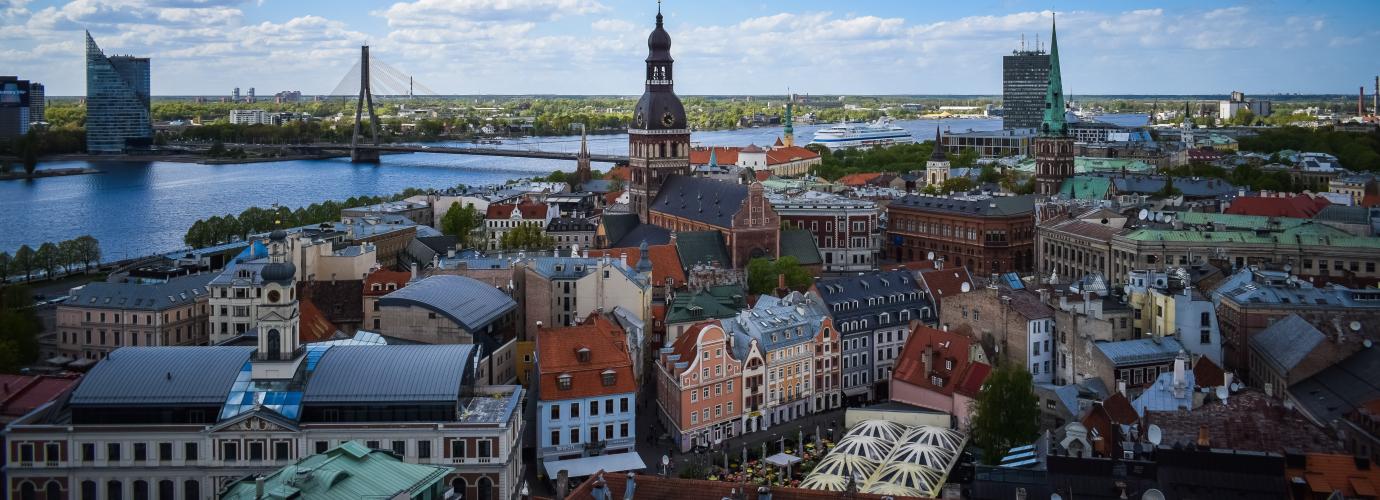Curriculum, subjects, number of hours
Training process in post-secondary non-tertiary education is organised like in vocational upper-secondary education programmes.
The content of vocational education consists of the following elements:
- theory – the content of general and vocational education and subjects in conformity with the education programme;
- practice – practical and laboratory works, manual training and practice for qualification.
Balance between general and vocational subjects in post secondary non-tertiary programmes is 60:40. Balance between school-based and work-based training is 35:65.
Teaching methods and materials
Teachers of vocational upper-secondary schools are free to choose teaching methods and teaching materials to achieve the aims and tasks pointed out in the education programme. In teaching general and specialized subjects the methods include individual work, group work, projects, laboratory works, exercises, discussions and practice within enterprises.

